elemintalshop
Kandyan Ves Dancer & Geta Beraya Drummer 20 Rupees Sri Lanka Authentic Banknote Money for Jewelry and Collage (Port of Colombo) Serendib Owl
Kandyan Ves Dancer & Geta Beraya Drummer 20 Rupees Sri Lanka Authentic Banknote Money for Jewelry and Collage (Port of Colombo) Serendib Owl
Couldn't load pickup availability
Kandyan Ves Dancer & Geta Beraya Drummer 20 Rupees Sri Lanka Authentic Banknote Money for Jewelry and Collage (Port of Colombo) (Serendib Scops Owl)
Reverse: Kandyan Ves dancer and Geta Beraya drummer.
Muragala guardstone.
Lettering: ශ්රී ලංකා මහ බැංකුව
இலங்கை மத்திய வங்கி
CENTRAL BANK OF SRI LANKA
රුපියල් විස්සයි
இருபது ரூபாய்
TWENTY RUPEES
Obverse: Port of Colombo at center,
Butterfly lower left,
Serendib Scops Owl at right.
Watermark: Serendib scops owl
Features
Issuer Sri Lanka
Period Sri Lanka › Democratic Socialist Republic (1972-date)
Type Standard banknote
Years 2010-2017
Value 20 Rupees
20 LKR = USD 0.10
Currency Rupee (1972-date)
Size 128 × 67 mm
Shape Rectangular
Number N# 203329
References P# 123
Wikipedia:
To celebrate its 60th anniversary, the Central Bank of Sri Lanka issued a new series of banknotes on 4 February 2011. The series was designed by two Sri Lankan artists selected from an island-wide competition. The themes of the new notes are Development and Prosperity, and Sri Lankan Dancers. The fronts of the new notes bear artistic impressions of selected development projects in Sri Lanka and native birds and butterflies. The backs depict Sri Lankan traditional dancers and [Muragala] guardstones in a background of a map of Sri Lanka.
********
Wikipedia:
Kandyan Dance: Ves Dance
According to the legend, the origins of the Ves dance lies in a ritual known as the Kohomba kankariya (named for the deity Kohomba). Traditional dance masters believe that originally the king of a place referred to as "Malaya Rata", and his two brothers, performed the first Kohomba kankariya. Some believe that this "Malaya Rata" was located in India.
According to legend, the three shamans came to the island as a result of a trick of the god Śakra in order to cure the king, Panduwasdev, who was suffering from a mysterious illness. The king was said to be suffering from a recurring dream in which a leopard was directing its tongue towards the king, believed to be as a black magic of Kuweni, the first wife of the king Vijaya. After the performance of the Kohomba kankariya the illness vanished, and many natives adopted the dance.
It was originally performed by dancers who were identified as a separate caste under the Kandyan feudal system. They were aligned to the Temple of the Tooth and had a significant role to play in the dalada perahera (procession) held each year by the temple.
....The Kandyan Dance is traditionally performed to percussion only. The most common drum is the Geta Beraya, which is only used in Kandyan Dance. To assist the dancer to keep rhythm a small pair of cymbals known as the Thalampota is also used.
*******
The Geta Beraya or Udarata Beraya is the Kandyan drum. It is the main drum used in traditional Kandyan dances and so, the name Udarata Beraya. The name Geta Beraya (drum with a knot) is given because of the shape of this drum. It has a barrel-like shape and the two sides are narrower than the centre of the drum. Ehela, kos (jak)or kohomba (margosa) or milla wood is used to make it. The two sides are covered with two different kinds of animal hide. The left side is covered with treated cattle hide and the right side with treated goat or monkey skin. The cattle hide covered side has a low pitched sound or beat while the side covered with the goat or monkey skin has a sound or beat higher in pitch. Deer skin strips are usually used to hold the sides of the Geta Beraya. It is tied around the waist of the drummer. The drum is played with both hands.
Source: https://lakpura.com/pages/geta-beraya
*******
Wikipedia:
The Port of Colombo (known as Port of Kolomtota during the early 14th Century Kotte Kingdom) is the largest and busiest port in Sri Lanka and the Indian Ocean. Located in Colombo, on the southwestern shores on the Kelani River, it serves as an important terminal in Asia due to its strategic location in the Indian Ocean. During the 1980s, the port underwent rapid modernization with the installation of Cranes, Gantries and other modern-day terminal requirements.
Currently with a capacity of 7 million TEUs and a dredged depth of over 15 m (49 ft), the Colombo Harbour is one of the busiest ports in the world, and ranks among the top 25 ports. It is also one of the biggest artificial harbours in the world handling most of the country's foreign trade. It has an annual cargo tonnage of 30.9 million tons. The port is also the naval base for Sri Lanka Navy Western Fleet under the Commander Western Naval Area (COMWEST). The Port of Colombo is home to the second tallest building in South Asia and is the center for many commercial interests.
*******
Wikipedia:
The Serendib scops owl (Otus thilohoffmanni) is the most recently discovered bird of Sri Lanka. It was originally located by its unfamiliar poo-ooo call in the Kitulgala rainforest by prominent Sri Lankan ornithologist Deepal Warakagoda. Six years later, it was finally seen by him on 23 January 2001 in Sinharaja, and formally described as a species new to science in 2004. Apart from Sinharaja and Kitulgala, it has also been found at Runakanda Reserve in Morapitiya and Eratna Gilimale. Known as පඩුවන් බස්සා in Sinhala.
It is the first new bird to be discovered in Sri Lanka since 1868, when the Sri Lanka whistling thrush—then Ceylon whistling thrush—(Myophonus blighi) was discovered. It is also the 24th (according to some authorities the 27th) endemic bird species for Sri Lanka.
The habitat of the Serendib scops owl is in the southern rain forests of Sri Lanka. There is an altitudinal range from 30 to 50 metres. This owl has no competition from other nocturnal birds, the territories are completely different. This species has a very small population, at the end of January 2006 only 80 of them were known to exist. The places that it is expected to be found are in five protected areas, like the Forest Reserve or the Proposed Reserve by Sri Lanka. They seem to be declining because of the loss of habitat and the degradation. The first two hours of darkness is when the owl hunts for its food.
Unlike the other two species of scops owl in Sri Lanka, Indian scops owl (Otus bakkamoena) and oriental scops owl (Otus sunia), it does not have ear tufts and its facial disc is only weakly defined. The general colour of this 16.5 cm long, short-tailed owl is reddish brown with paler underparts, spotted all over with fine black markings. The irides are tawny yellow (more orangish in male) and the feet are a pale fleshy colour. Tarsi are feathered for less than half their length. The claws and bill are a pale ivory colour.
******
Wikipedia:
Muragala or muru gal, also known as a guardstone, are a unique feature of the Sinhalese architecture of ancient Sri Lanka. The muragala is a set of twin oblong slabs of stone, with a rounded top, located at the foot of the flight of steps, leading to a place of worship, situated on a higher elevation.
Share
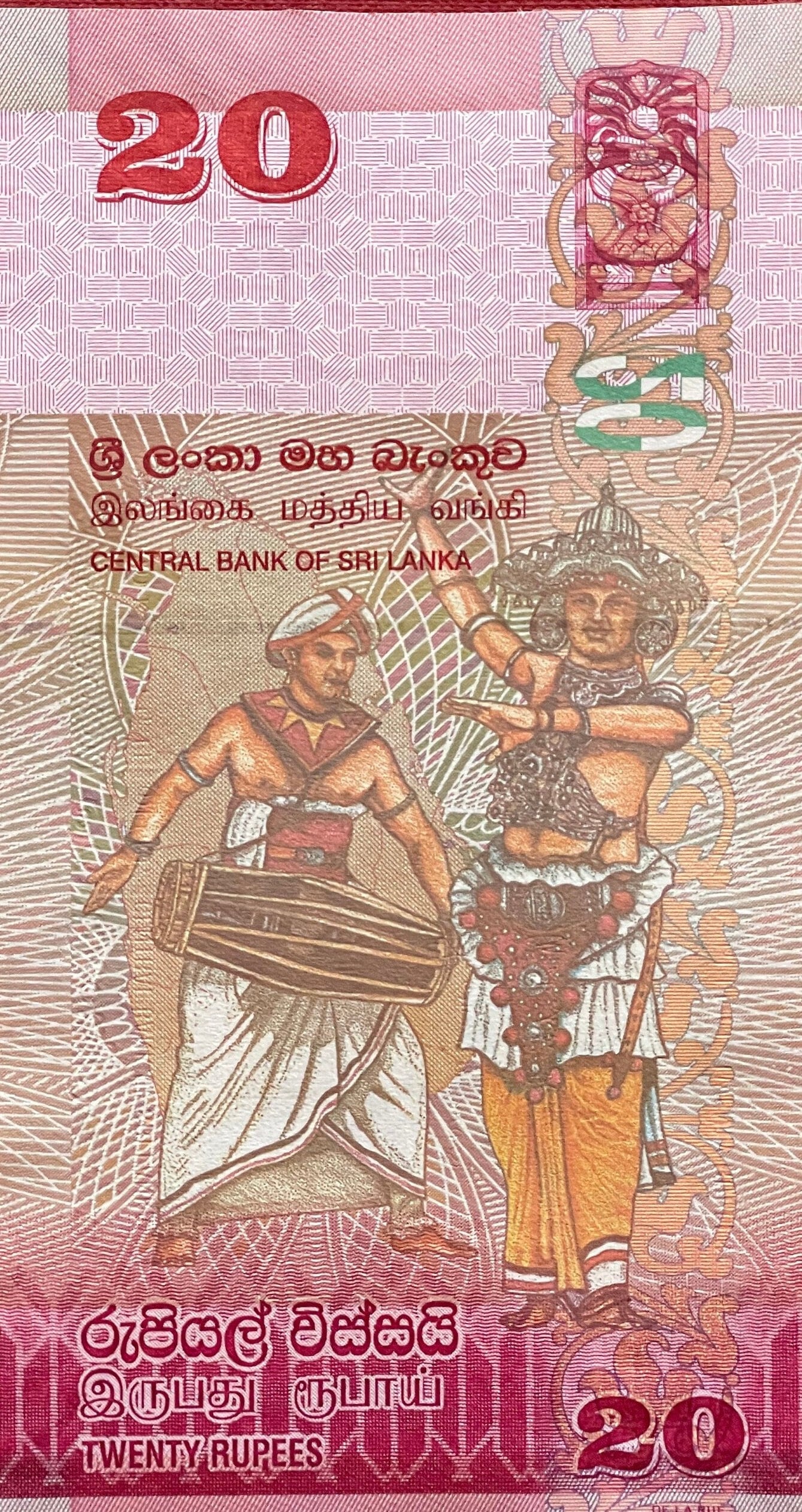
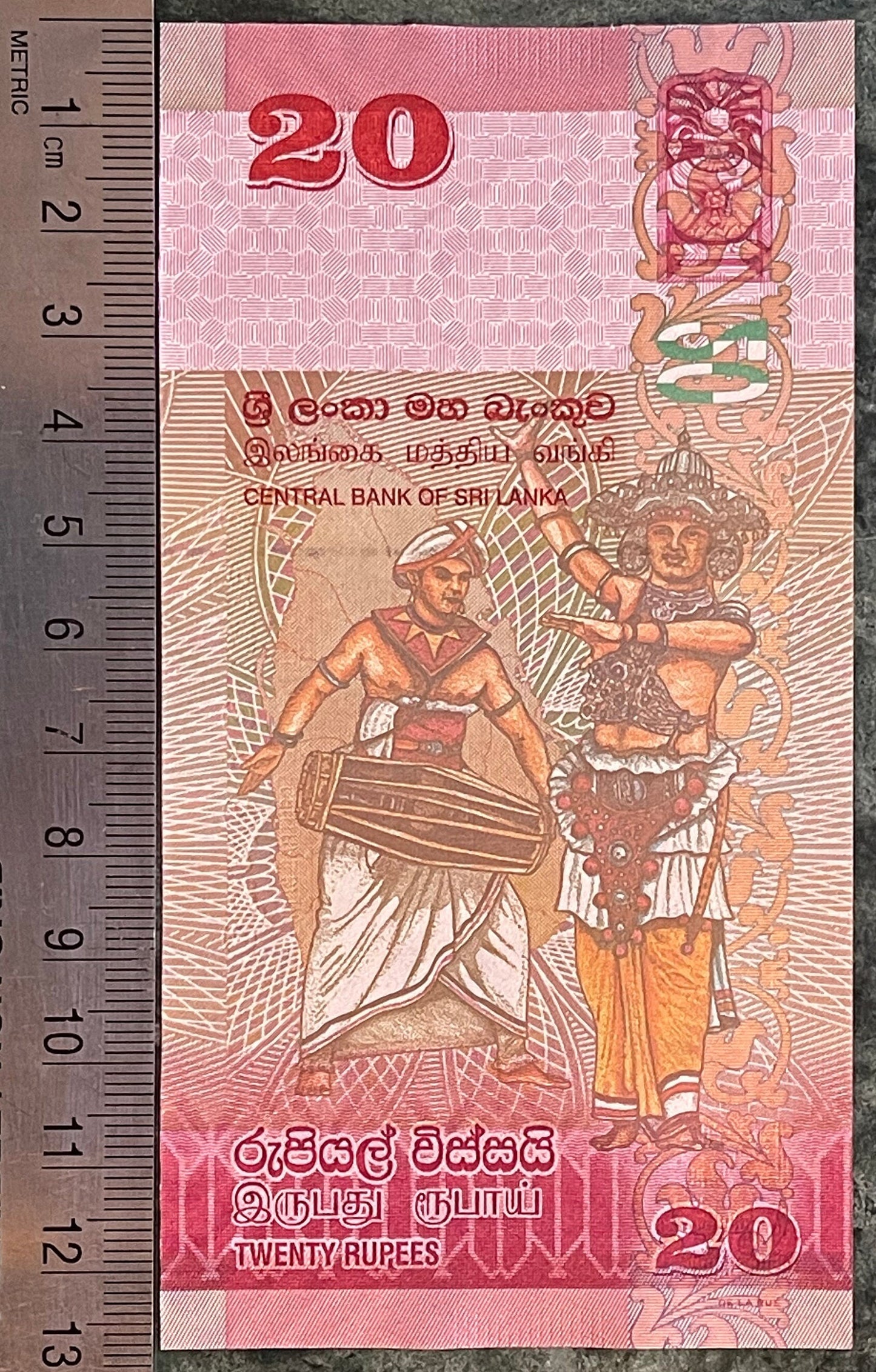
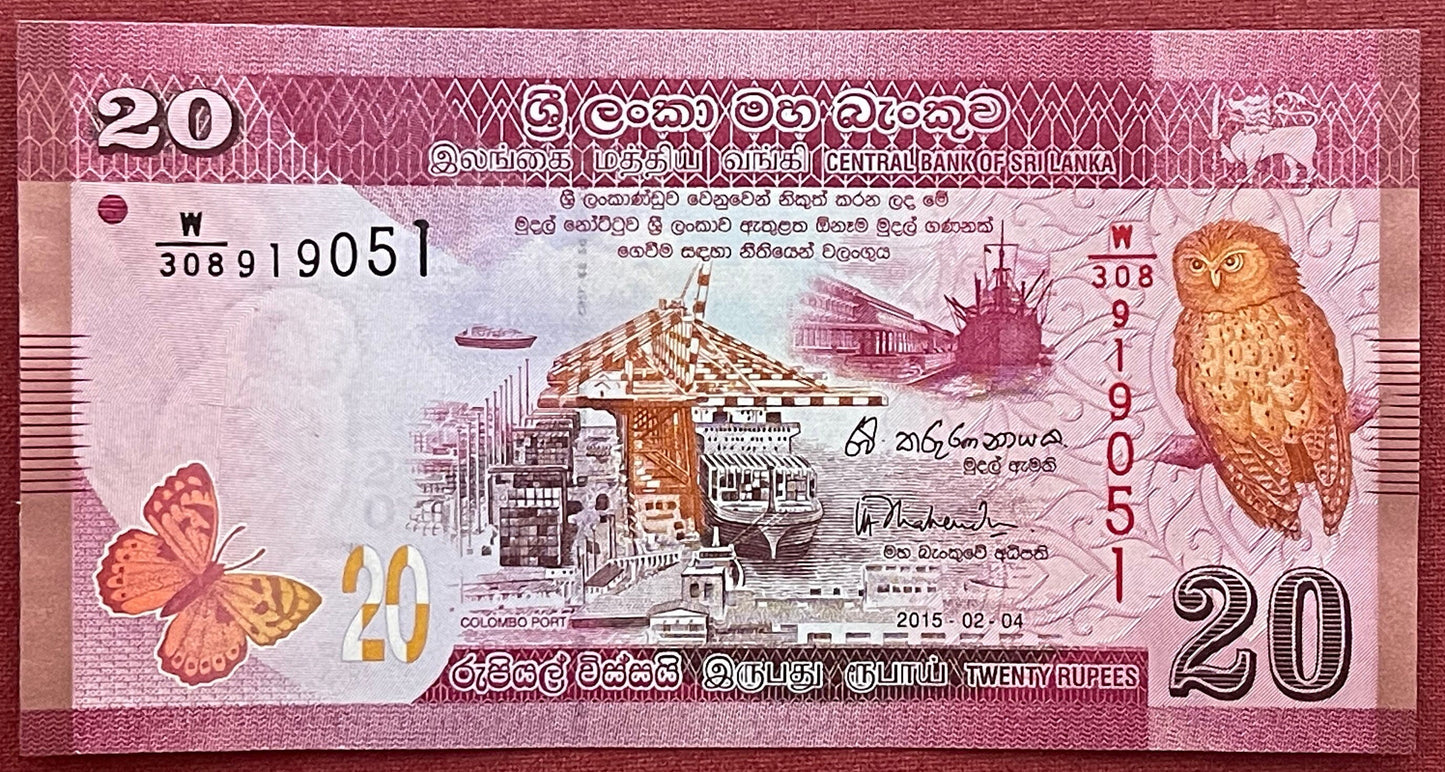
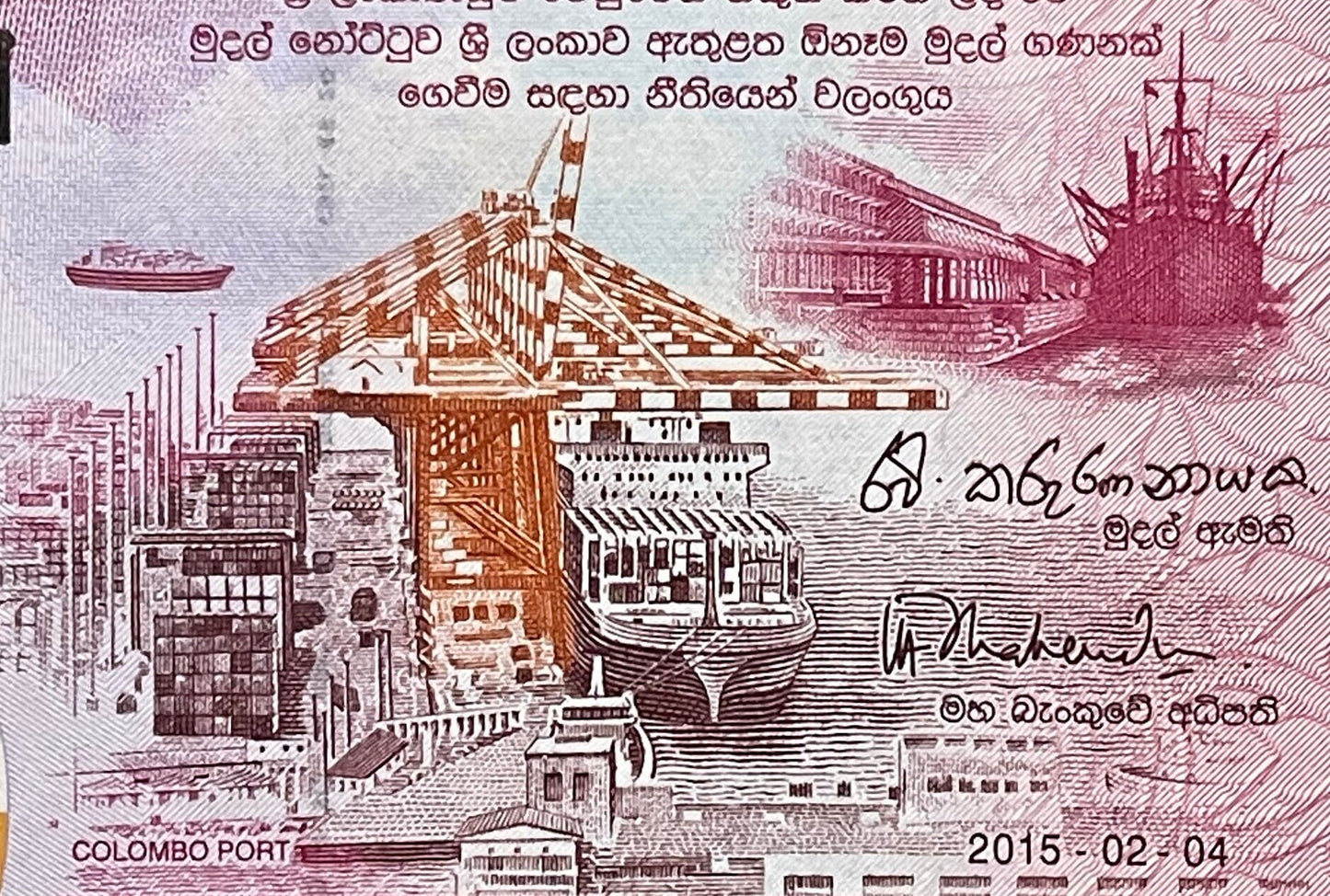
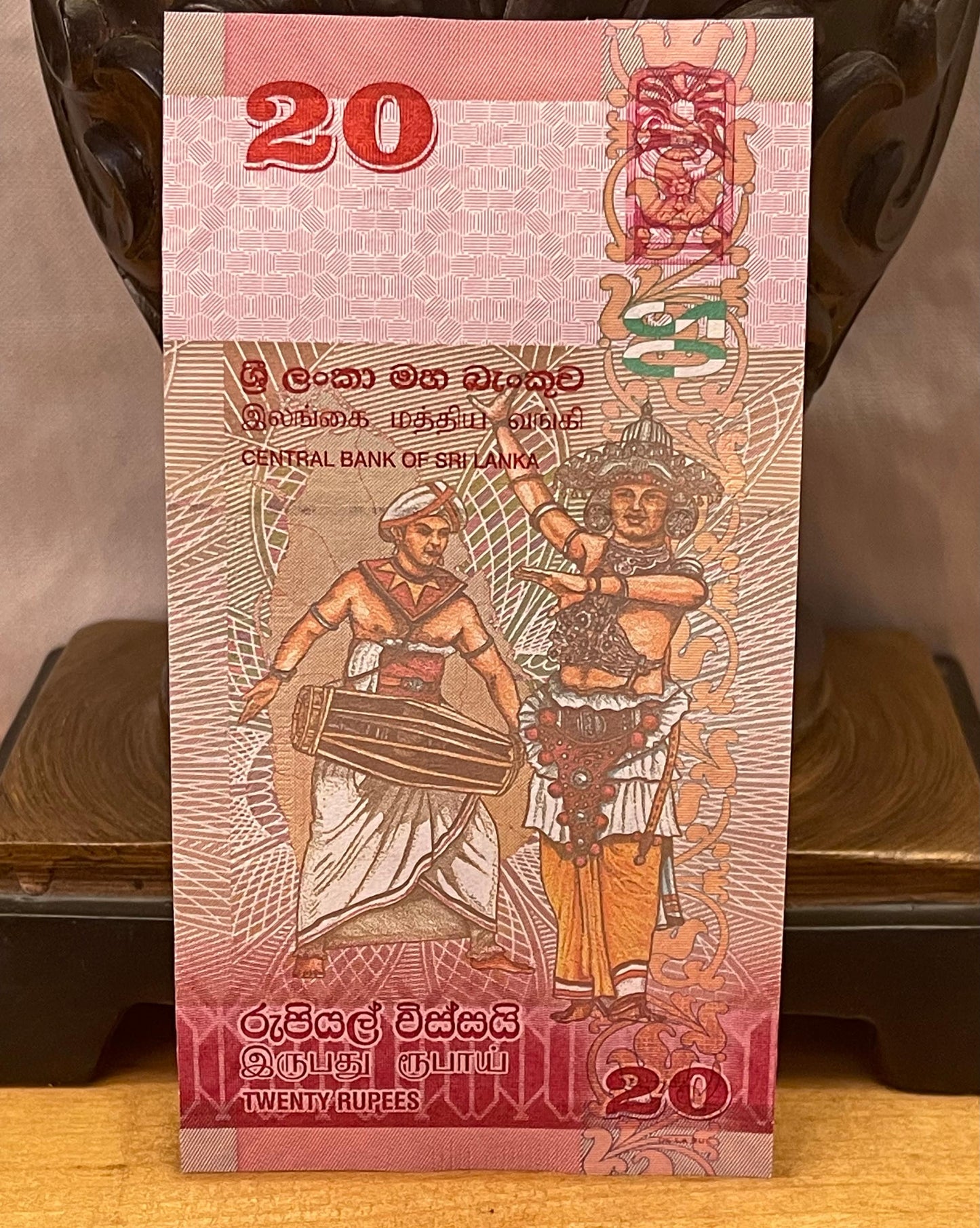
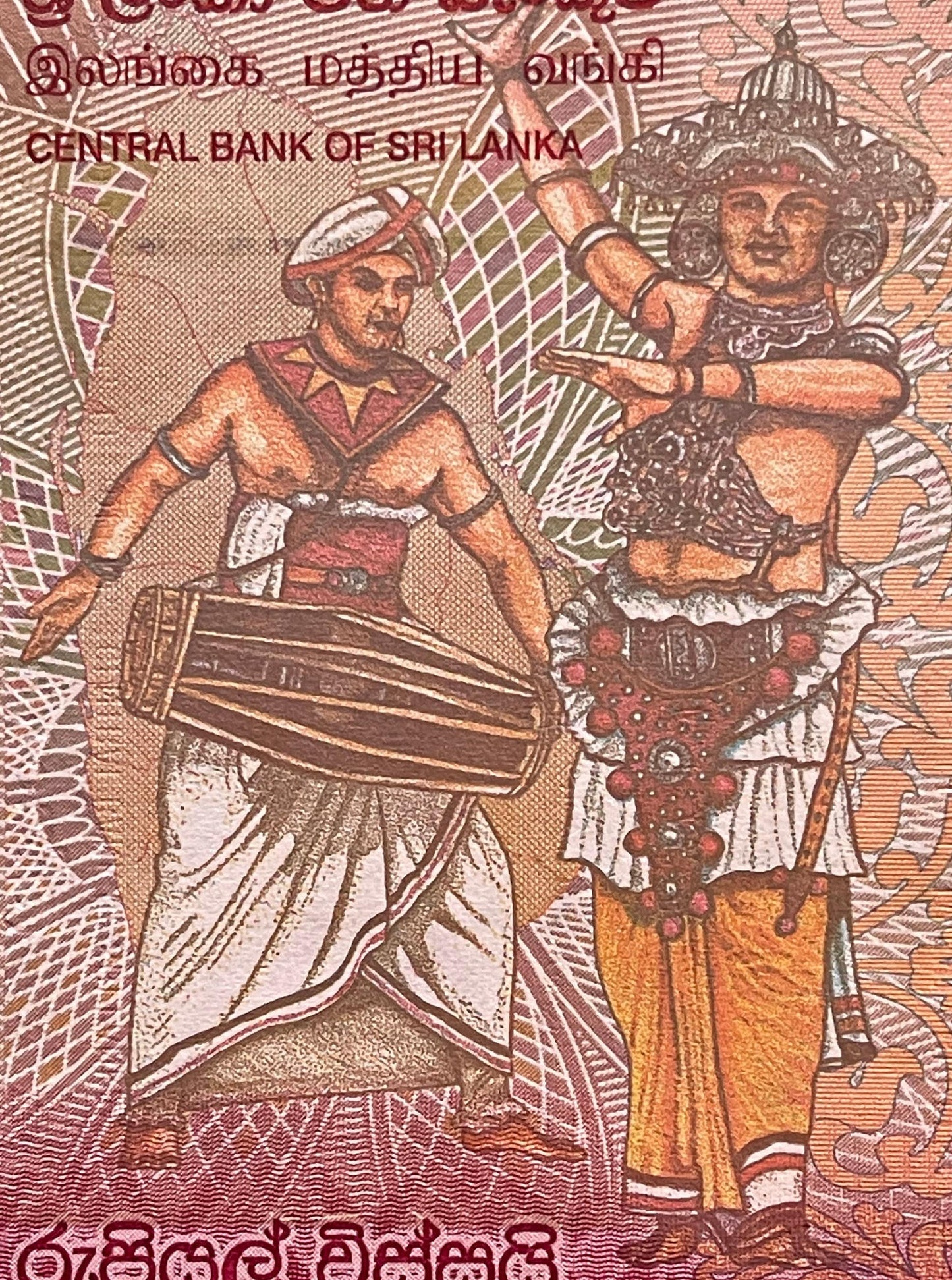
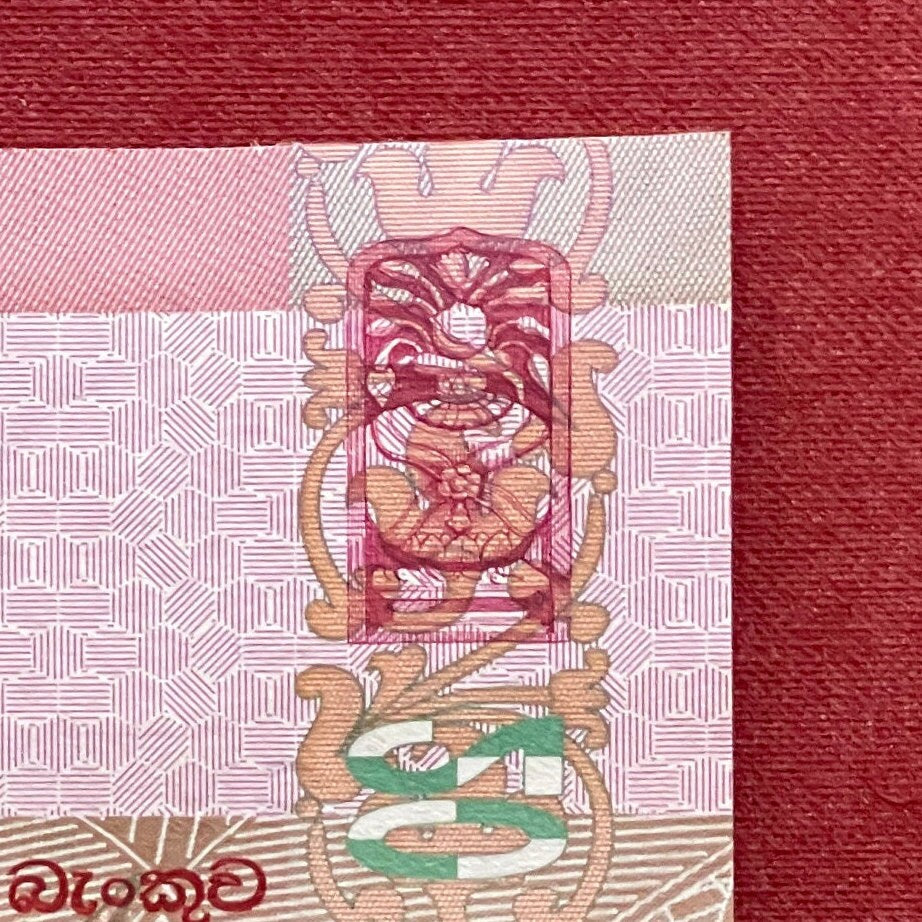
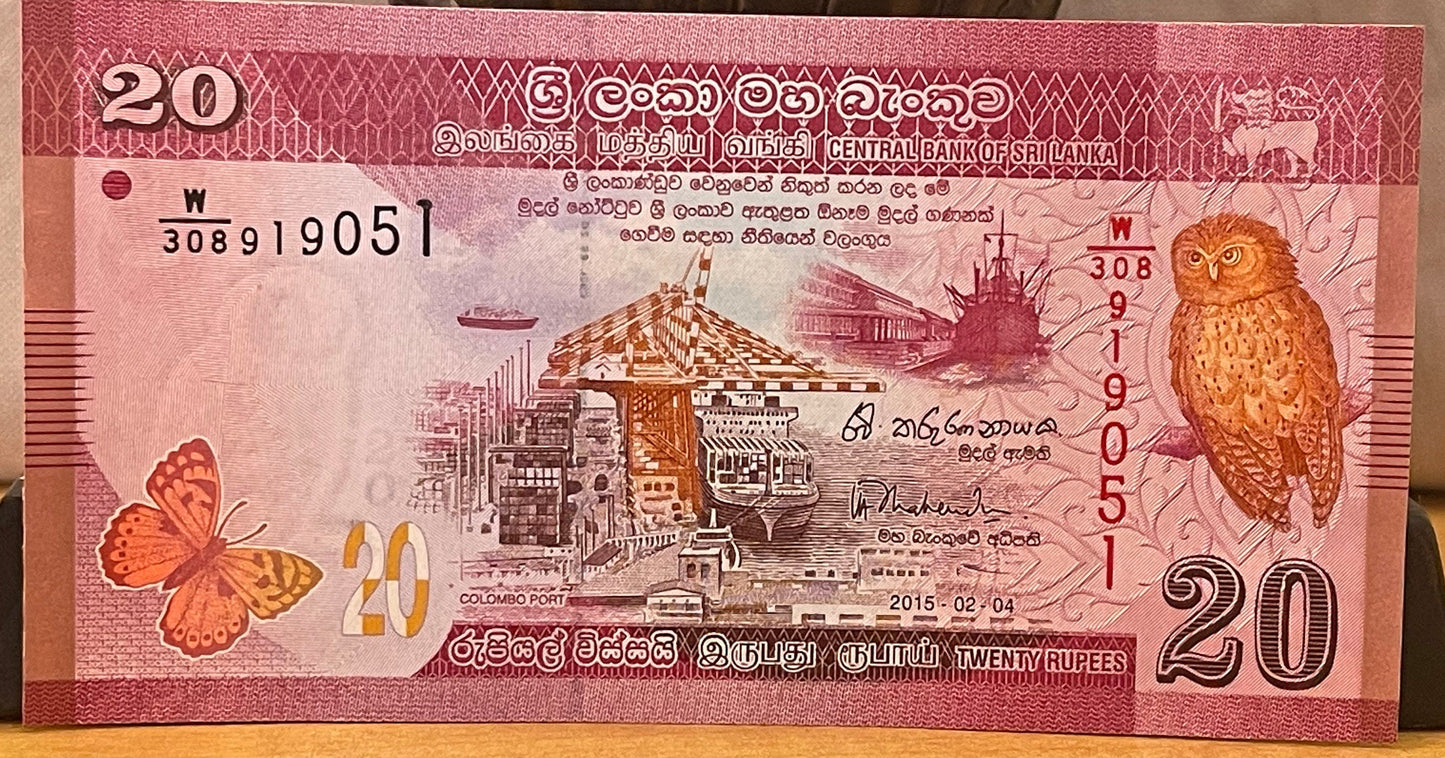
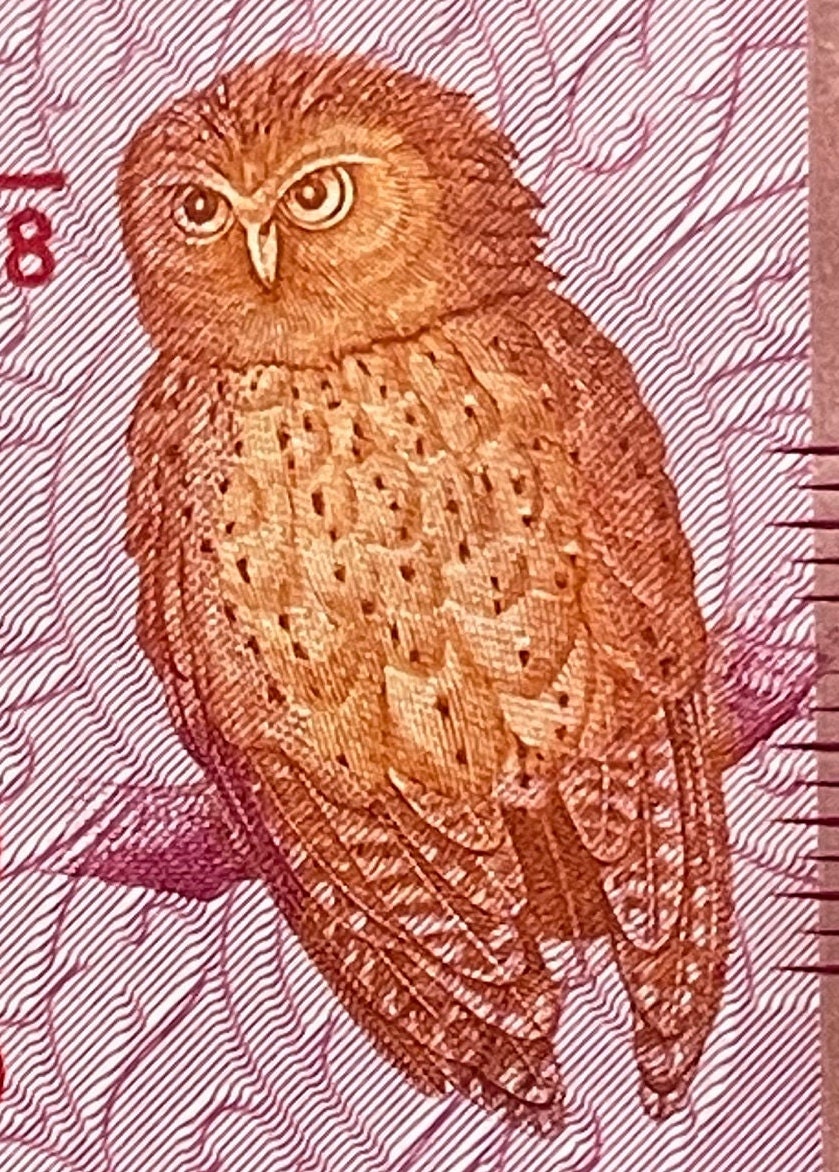
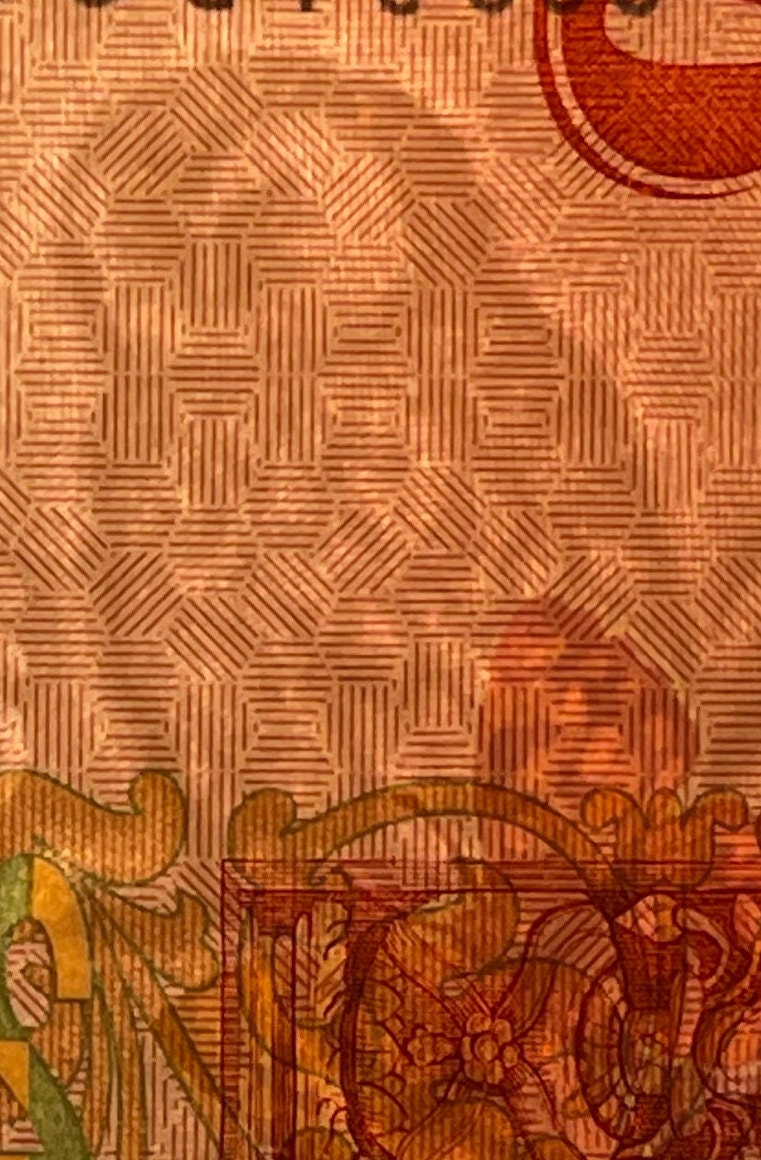
Beautiful bill! So glad this is a part of my collection now. Will be buying from here again!









